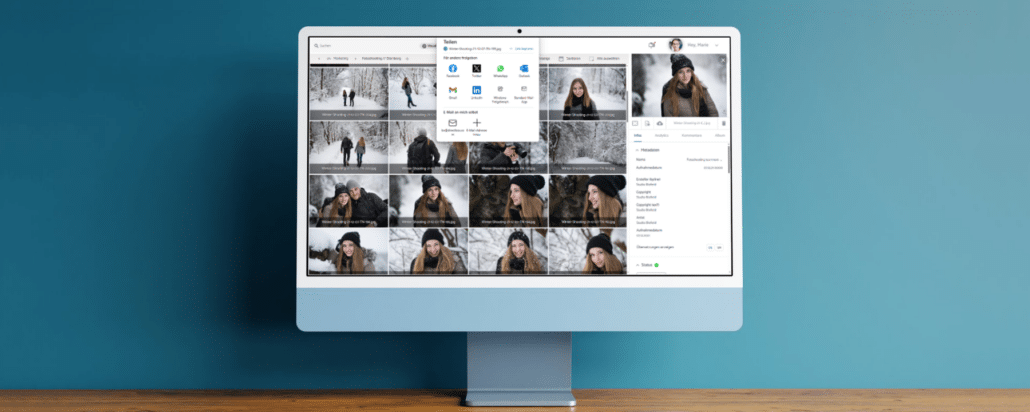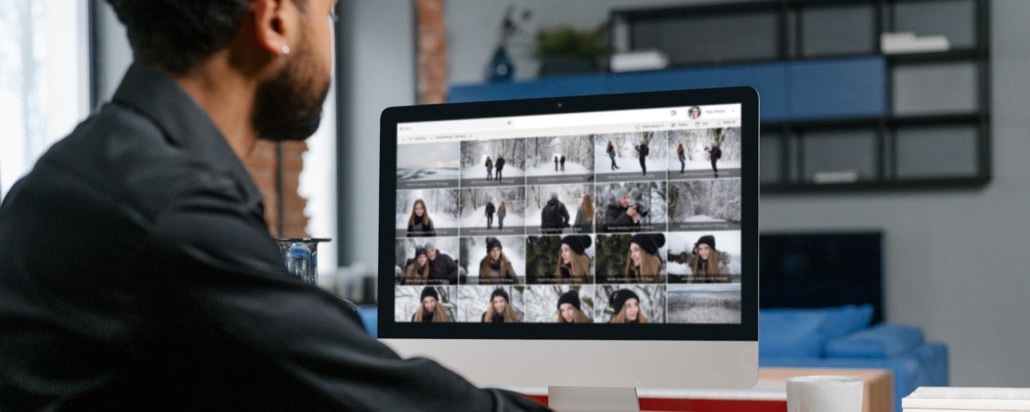Nowadays, fans can follow their favorite sports via many different digital channels. While live broadcasts (via stream or digital TV) serve linear consumption, social media platforms, messenger apps or the organization’s own websites are mainly used for the delivery of short video formats and photos. With the constant improvement of mobile broadband connections, short formats have naturally become even more important. Why? Because they are perfect for in-between consumption via smartphone.
Social media is often consumed in parallel to a broadcast on the TV screen or used for live commentary. Younger people (in particular from Generation Z*) use mobile apps to actively interact with other fans on platforms such as Instagram, TikTok or X.
Many leagues and clubs, as well as many athletes themselves, have recognized this and are trying to adapt to the new consumer habits. But this is not trivial. On the contrary – workflows that really do justice to the matter go far beyond simple automation. They fall into the area of media orchestration.
* Born between 1997 and 2012. To put it bluntly, one could also speak of the Generation Mobile-first.

 https://www.teamnext.de/wp-content/uploads/2024/05/visuelle-suche.jpg
720
1800
Björn Buxbaum-Conradi
https://www.teamnext.de/wp-content/uploads/2022/03/teamnext-mediahub-logo-bunt.svg
Björn Buxbaum-Conradi2024-05-16 18:14:142024-06-24 09:57:37AI visual search: searching for images with natural language
https://www.teamnext.de/wp-content/uploads/2024/05/visuelle-suche.jpg
720
1800
Björn Buxbaum-Conradi
https://www.teamnext.de/wp-content/uploads/2022/03/teamnext-mediahub-logo-bunt.svg
Björn Buxbaum-Conradi2024-05-16 18:14:142024-06-24 09:57:37AI visual search: searching for images with natural language

